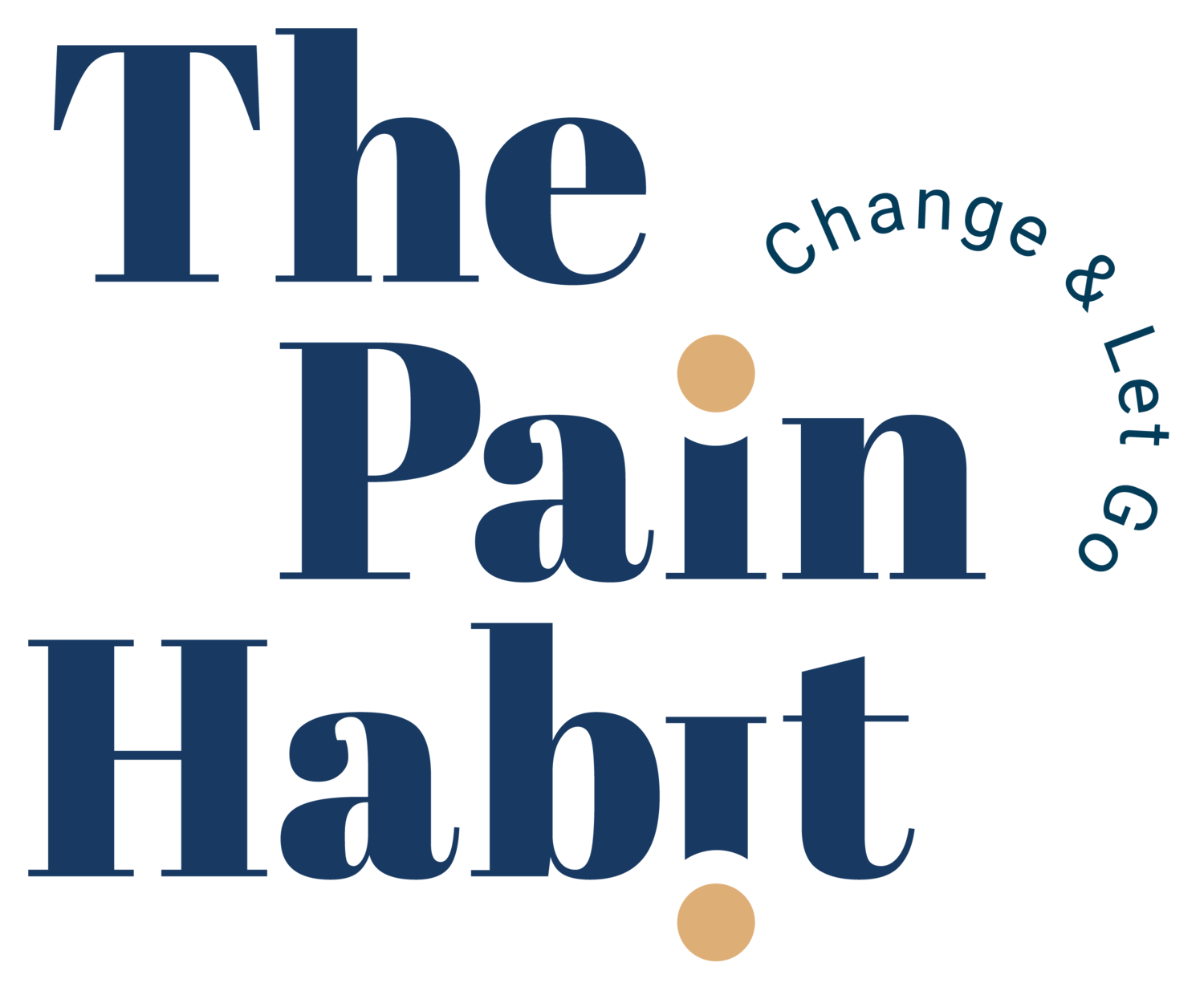What is an Extinction Burst?
Common Experience
An extinction burst is a common experience when someone is starting to recover from persistent pain, but what is it?
This is when there is a ‘flare’ in someone's pain without a significant noticeable trigger that the patient recognises. Often it appears when the person has a gap in their symptoms and feels like they are doing well.
When there is progress like this it can feel exciting to the individual who has not felt anything like that for some time. This level of excitement can itself be a trigger but because of its invisibility, the return of pain from that excitement can come as a shock.
The mechanism driving the recurrence can relate to the presence of the stress chemicals coming with excitement. The basis for persistent pain in many is the presence of oversensitive neural pathways that detect overload and part of that overload is the presence of adrenaline and cortisol from the stressful emotions linked to the situation and contexts around pain.
So when someone feels excited at their progress it has the ability to trigger pain because the adrenaline and cortisol detected appears irrespective of whether the emotional charge associated with it is excitement or fear.
Many Invisible Cues
The are hundreds of other contextual cues that can act in the same way as the chemical matrix within us. These can be internal like the presence of stress chemicals, such as blood pressure heart rate, the presence of a virus or certain medications, or external ones such as times, places, people, weather conditions, food, movements and many more.
The brain then uses these cues or a combination of them as the necessary feedback to fire the protective mechanism of pain and its associated physiological presentation.
The process creating this change is unconscious and happens at a speed of thought much faster than conscious thought.
When this appears to the conscious awareness and reality of the individual experiencing all those changes, the lack of meaning which comes with it, amplifies the confusion already present. The person can feel the return of the pain and the anxiety which comes with it.
There can be a sense of helplessness, hopelessness and desperation that they have failed in their recent attempt to recover.
Strange Motivation
The return to a painful sensation seems a strange direction for the brain to want to take. But pain is a protective mechanism and not a punishing one. When pain has become persistent, it is the default safety mechanism for that organism and it can be on constantly or appear in certain circumstances where it is sensed that the level of safety is required again.
It is only doing what it has always done after being unconsciously trained to react like that.
When someone decides to change some of the behaviours linked to that pain, then the brain sees that as a less safe mechanism to the one which is already in place. There's a resistance to new behaviours with all of us when it presents a change to what we’ve always done that felt comfortable to us.
That’s My Space
Think of when you parked in the same place for a number of weeks or months and you may have felt that the space was ‘your place’. Imagine turning up one day and noticing that someone was in your spot. If you knew that person and knew that they had always parked somewhere else it is very likely that you would sense some feeling of autonomic reaction in your body on recognising that change.
If it was a work colleague and this was the office car park., some would even challenge the person who had taken their spot.
It is a natural mechanism that we can let go of and learn to be ok with that change or the resistance we feel can be the driver to fight for our spot back. It could be a strong enough resistance to even argue about the parking space or bring on the motivation to get to work 10 minutes earlier to grab that spot tomorrow.
So can you see how changing behaviours around pain presents a similar resistance?
This usually appears in the void when the behaviour has started to change.
Extinction Bursts Are Good
That is why we can interpret an extinction burst as a good sign, as it is evidence that we are started to explore a new neural pathway and that change is occurring. It is however a wobbly moment for us all as it is easy to return to what we have always known as safe.
Even though the presence of persistent pain is unpleasant, it provides the unconscious organism with its craving for safety and survival that is its only focus.
Your Role
Your role is having the courage to face the resistance but start with the gentlest nudges that you can notice. Start with change that may not involve a painful stimulus so that you get used to the idea of changing automated neural pathways that exist in all of us. Park in a different spot.
Brush your teeth with the opposite hand or get out of the other side of your bed.
Anything that feels a little resistance is a great place to start and as you grow in confidence it can gently challenge your pain and any extinction bursts that are likely to turn up and try to surprise you. I’d wish you luck if luck had anything to do with it, but it doesn't.
It’s all about consistency, calmness, kindness and care, that your find from within and give it back to yourself.
What’s next?
Take Your First Step to Recovery.
Join our FREE private Facebook group, The Pain Habit Community, to see how others have successfully returned to a pain-free life. Get support on your journey.
Sign up for The Pain Habit Blog below.
Subscribe to The Pain Habit YouTube channel.
Buy The Pain Habit book. Order here.



